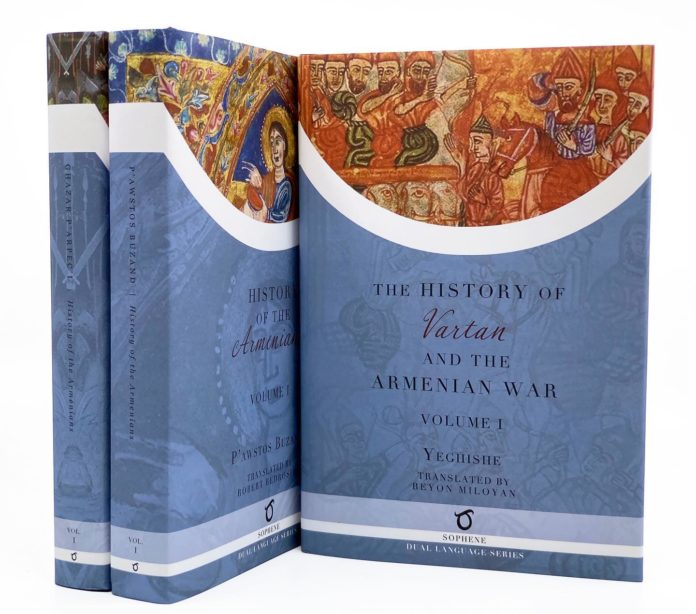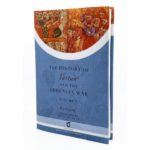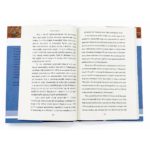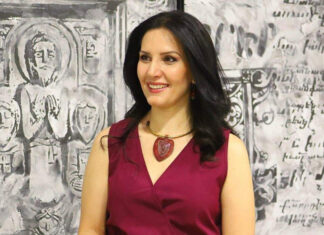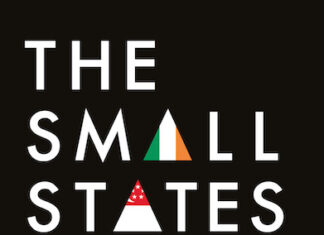By Jesse S. Arlen
Special to the Mirror-Spectator
It’s an unusually chilly Friday evening in September. You put on the meditative piano music of George Gurdjieff and Thomas de Hartmann, pour yourself a generous glass of Voskevaz Vanakan, and cozy up under a blanket to read Yeghishe’s History of Vartan and the Armenian War. You start with the Krapar (Գրաբար / Classical Armenian) text itself, falling headlong into the theologically and philosophically dense epistolary exchanges between the Zoroastrian magi of Sasanian Iran and the leading bishops of the Armenian church that comes near the opening of Yeghishe’s text. As you encounter unfamiliar words or get lost in the at times interminably long sentences, you turn to the right page to check the English translation, then return to Yeghishe’s eloquent Krapar on the left page. Before long, the glass has long been finished and several other albums of Gurdjieff/de Hartmann have been played. As the depths of night come upon you, you read of Shah Yazdegerd’s state policy to suppress services in the churches, plunder holy and costly objects from altars and church treasuries, and torture priests and people who resist. Reminded of the events of last year, you burn incense in the poorvar (բուրվառ / censer) you bought from the gift store at Ghazanchetsots cathedral in Shushi, and say a prayer for those departed, recently and long ago.
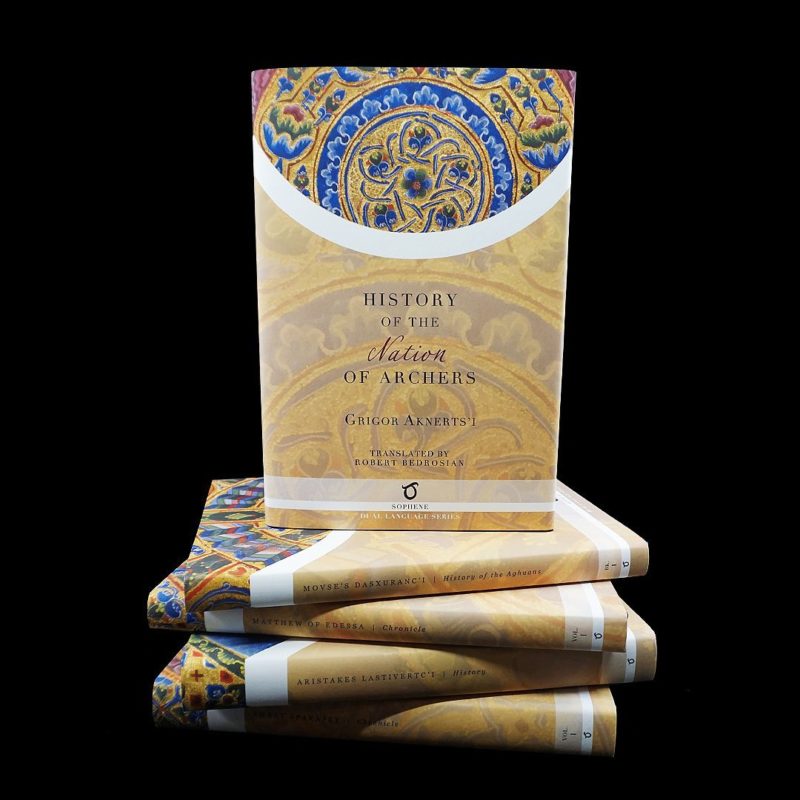
It is only since December 2020 that such a scene could have taken place — that being the month in which Sophene Books released Five Gems of Medieval Armenian Literature (followed in March 2021 by Three Gems of Golden Age Literature), the first offerings in their “Dual Language Series,” which present the original Krapar Armenian text of authors like Yeghishe, Ghazar, Pʿawstos Buzand, and others, with facing page English translation.
For over a hundred years, dual language series have been a commonplace for other classical languages, like the Loeb Clasical Library for Greek and Latin texts, which come in beautiful, high quality, portable, and affordable bound volumes, and have been critical in disseminating classical texts to a broad and general — as well as a scholarly — readership. Modeled on the Loeb, similar series have been produced for periods of literature later than the ancient and classical (as well as for other languages), such as the I Tatti Renaissance Lirary and the Dumbarton Oaks Medieval Library. Such series are indispensable both for scholars and interested readers. Scholars, of course, rely on critical editions for their studies and publications. However, in order to orient themselves to a source and read extensively in the original language, it is generally better to work with such publications, which contain the original text and a translation on facing pages.
However, in order to orient themselves to a source and read extensively in the classical language, it is generally better to work with such publications, which contain the original text and a translation on facing pages. For general readers and students, such editions allow access to the original language in a convenient format. While reading primarily from the translation, the ability to quickly glance from one side to the next to check the original term for a striking word or phrase allows for a richer appreciation and experience of the text than the translation alone could offer. Conversely, when encountering a tricky word or phrase while reading from the original, one may easily check the translation on the facing page.



